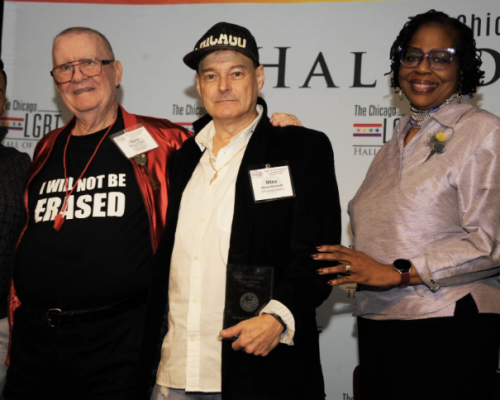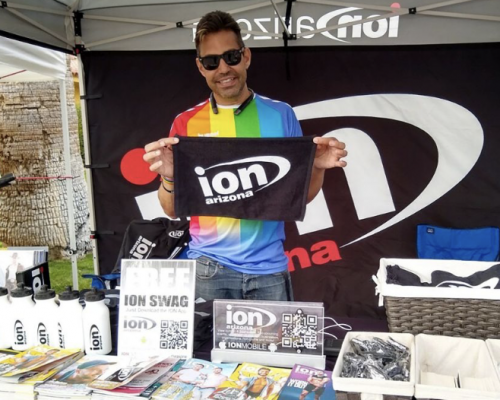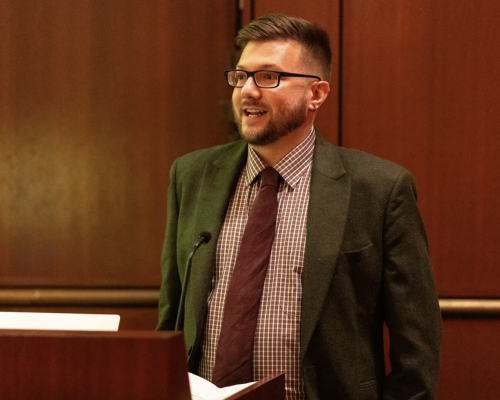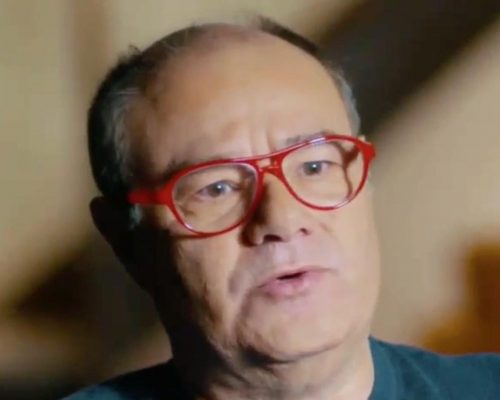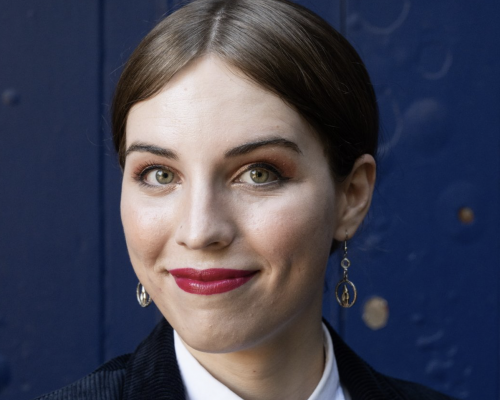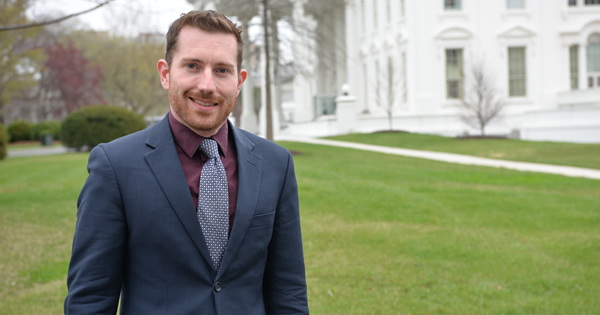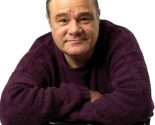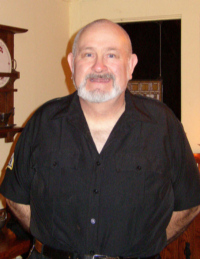
Pressing Questions: The Leather Journal of Los Angeles
Interview with Founder, Publisher and Editor Dave Rhodes
by Joe Siegel
Geographic coverage area: Currently a free-distribution publication delivered to leather shops, bars and community service venues all over the country.
Year founded: Issue #1 was introduced on May 1, 1987. It was a 32-page, 8 1/2″ x 11 1/2″ magazine format with a 32-pound book stock cover. Not the best thing in the world with bad half tones and all black and white. We printed 1,000 copies and most of it was distributed in Southern California. We started out as a quarterly.
Staff size and breakdown: Currently, I am it. Finances do not allow for hired help and much of the time I am not even being paid. It has been tough with the coronavirus, but here, it’s almost always been tough.

Dave Rhodes of The Leather Journal
Key demographics: A decade or so ago, Rivendell Media pushed us to do a survey with CMI (Community Marketing & Insights). We found, at that time, that our female readership was just above 30 percent with about 15 percent pansexual. The main target has been gay men. We do cover women’s events and have always been supportive of other sexual minorities. We eventually realized that our coverage needed to be more representative of people of color. On www.TheLeatherJournal.com, I make sure there is fair representation. No one pressured us. We just looked and saw that we were lacking, and we did something about it. (Editor’s note: Press Pass Q is published by Rivendell Media.)
Website: www.TheLeatherJournal.com has played second fiddle to the print version. We first had a website in 1995. This was very basic with a club directory, Leather Community Calendar, and news of major events.
The modern website launched in 2012 with more features. We started with what I hoped would be the most comprehensive Leather Community timeline. As constructed, it took a lot of space and the site was too slow. I would love to find another way to include it and I think it can be done. It just won’t be so complex.
*****
PPQ: What feature or features of The Leather Journal have been the most popular with readers?
Founder, Publisher and Editor Dave Rhodes: Strangely enough, we have had more comment on the Leather Community Calendar, which has about 300 listing every time we publish. The most popular feature is our printing most of the International Mr. Leather contestants every year. We usually have about 90 percent of them with a portrait. We also post this on the web site. Readers love our spread coverage of major Leather/BDSM/Fetish/Bike Club events and occasional interviews. Our coverage of the Folsom Street Fair and CLAW are also big draws.
PPQ: Who came up with the name and what is the inspiration for it?
Rhodes: I came up with the name while a man named Louis Jansky and I collaborated in the beginning. I believe it was Louis’ idea to do some kind of Leather publication. I funded it and did the editorial, layout, ad sales, distribution sales and shipping.
PPQ: What challenge has The Leather Journal had to overcome since its inception?
Rhodes: Almost since the early days, financing has been the number one concern. I have often joked, what if The Leather Journal was run by a businessman, not a creative person (artist-type). Great idea and vision, but I know my weakest link is business sense. On the other hand, perhaps a real businessman would have stopped the first time it lost money, or at least said businessman would have known how to make it profitable.
PPQ: What challenge or challenges is The Leather Journal facing now?
Rhodes: An uncertain future of almost everything as we know it. Will we ever get back to a reasonable state of normalcy? Will there be enough advertisers and distribution points? Will the Leather Community have been apart so long that people have moved on to other things and are less apt to return?
PPQ; What one change would you like to make?
Rhodes: That all centers around finances. I would like to do more, but I need to be able to pay for what I am doing. I was recently approached by someone regarding producing a monthly half-hour or one-hour recorded show. The person has the means and skills needed to produce it and to get it out to the public. It may be a few months from now.
PPQ: What has been the biggest news story or stories The Leather Journal has covered?
Rhodes: The marches on Washington in 1987 and 1993, Stonewall XXV in 1994. and the Spanner case (regarding a police investigation into same-sex male S&M across the U.K. in the late 1980s). These were huge events and very political. This relates to my activism. I was not just covering events, but I was a part of the events.
PPQ: What are you most proud of as publisher and editor of The Leather Journal?
Rhodes: I have received so many accolades over the years, locally, regionally, nationally and even internationally, but the one moment that bowled me over was the first time I visited New York which was in 1990. A couple of my hosts brought me to Christopher Street where the famed Stonewall Inn is located. We went in, took in the history, went outside and photographed each other. We looked at everything we could, including a magazine stand which had The Leather Journal among its choices, finally made our selections, then we found a place in line. I noticed that the man standing in front of me had a copy of The Leather Journal in his hand with a couple other items. I was seeing the effect of my work 2,500 miles away from home. For anyone who has seen this for their work, it is a humbling and proud moment.
PPQ: On the Kinsey Scale of 0-6 (exclusively straight to totally gay), how gay is your publication?
Rhodes: Either five or six. I have often joked that on the Kinsey Scale of one to six, I was a seven.
PPQ: Do you see yourself as activist journalist? If so, in what way?
Rhodes: I see myself more as a journalist with an occasional touch of activism. I believe The Leather Journal was the first Leather Community publication to endorse a U.S. presidential candidate, that being Bill Clinton in 1992. I founded the Pantheon of Leather Community Service Awards in 1991 with the first two years being held in Hollywood. The idea was great and it went over well. Just as I believed the rank and file people of the Leather Community needed a voice, I felt it was imperative that good work, good trust, good philanthropy, and good community service such as volunteering needed to be recognized. The worth of a society, which the loose Leather Community is, is defined in part by how it treats its heroes and heroines. I suppose this could be seen as activism.
PRESSING QUESTIONS
Volume 22
Issue 7

